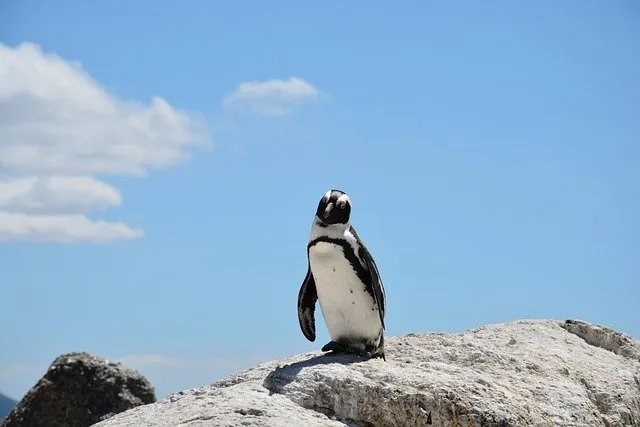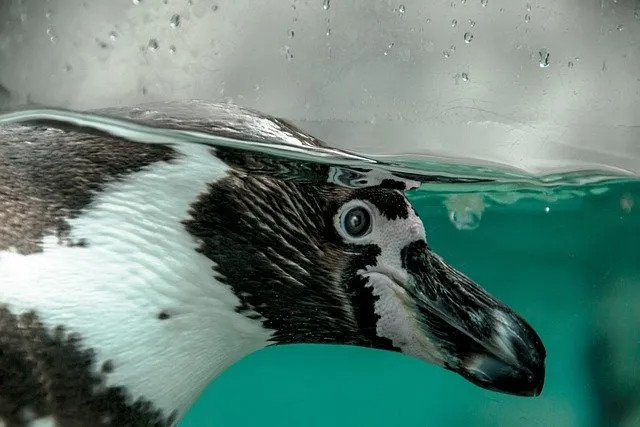
The Fascinating World of Emperor Penguins: Surviving Extreme Conditions and Nurturing a Thriving Community

Emperor penguins, the largest of all penguin species, are truly remarkable creatures that have adapted to survive in the harshest conditions on Earth. These incredible birds inhabit the frigid Antarctic region, where temperatures can plummet to as low as -40 degrees Celsius (-40 degrees Fahrenheit). Let's explore the fascinating world of emperor penguins and how they manage to thrive in such extreme conditions.
Adaptations for Survival
Emperor penguins have evolved several remarkable adaptations that allow them to endure the harsh Antarctic environment. One of the most notable adaptations is their dense layer of feathers, which provides excellent insulation and helps them retain body heat. These feathers are also waterproof, ensuring that the penguins stay dry even when swimming in freezing waters.
To further minimize heat loss, emperor penguins huddle together in large groups, with thousands of individuals tightly packed in a compact formation. By rotating positions within the huddle, each penguin gets a chance to experience the warmth of the center, reducing the energy expenditure required to maintain body temperature.
Breeding and Parental Care
Emperor penguins have a unique breeding cycle that begins in the Antarctic winter, when temperatures are at their lowest. After mating, the female lays a single egg and transfers it to the male, who carefully incubates it on his feet, keeping it warm with a special brood pouch. During this incubation period, the male penguins fast, relying on their body fat reserves to survive for up to two months.
Meanwhile, the females return to the ocean to feed and regain their strength. Once the chicks hatch, the males carefully balance the egg on their feet and transfer it to the female, who then takes over the feeding responsibilities. The males, exhausted from fasting and caring for the egg, make their way to the ocean to replenish their energy reserves.
Community Dynamics
Emperor penguins exhibit remarkable community dynamics that contribute to their survival. The huddling behavior not only helps conserve heat but also creates a sense of unity and cooperation among the individuals. By huddling together, they protect themselves from the extreme cold and increase their chances of survival.
Additionally, emperor penguins engage in synchronized movements, such as group marching, which helps them navigate long distances more efficiently. This synchronized movement also serves as a way to strengthen social bonds within the colony.
Conservation Efforts
While emperor penguins are not currently considered endangered, they face threats from climate change, loss of sea ice, and disturbances caused by human activities. It is crucial to raise awareness about the importance of protecting their delicate ecosystem and taking steps to mitigate the impacts of climate change.
By studying and understanding the fascinating world of emperor penguins, we can gain valuable insights into the resilience and adaptability of these incredible creatures. Let us appreciate and protect the extraordinary lives of these majestic birds, ensuring that future generations can continue to marvel at their remarkable existence in the Antarctic wilderness.
Join us in spreading awareness about emperor penguins and their conservation needs! Share this post and let others know about the fascinating world of these incredible creatures.
